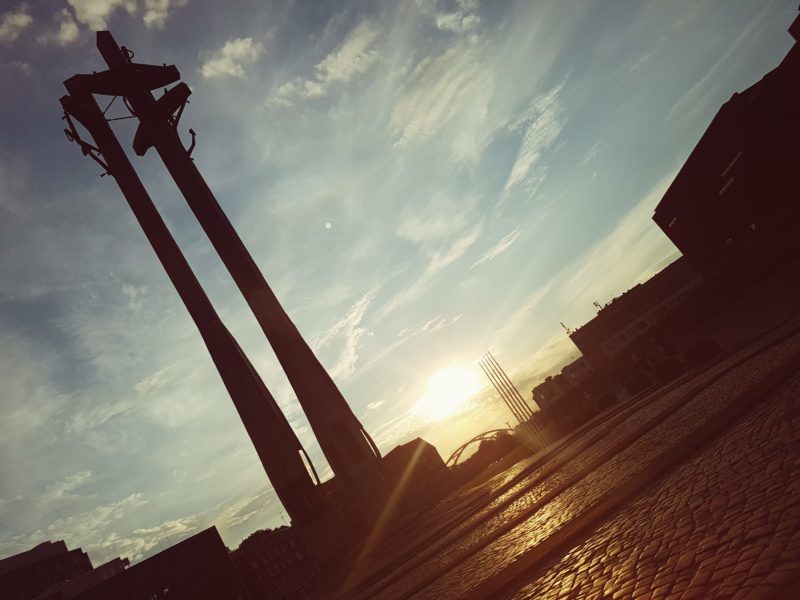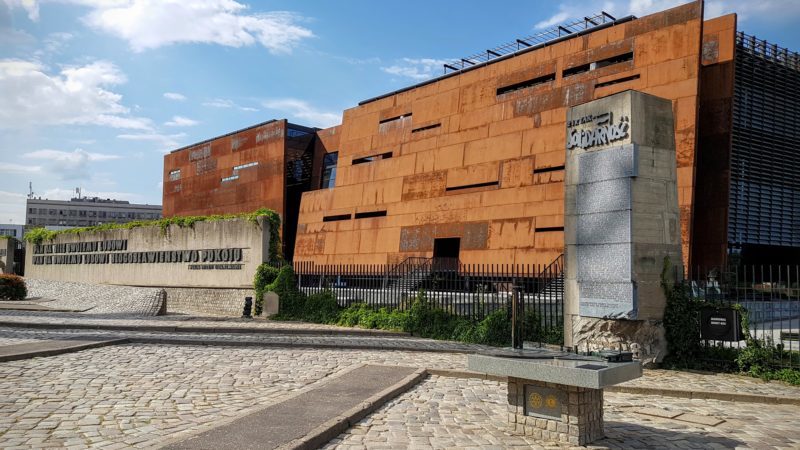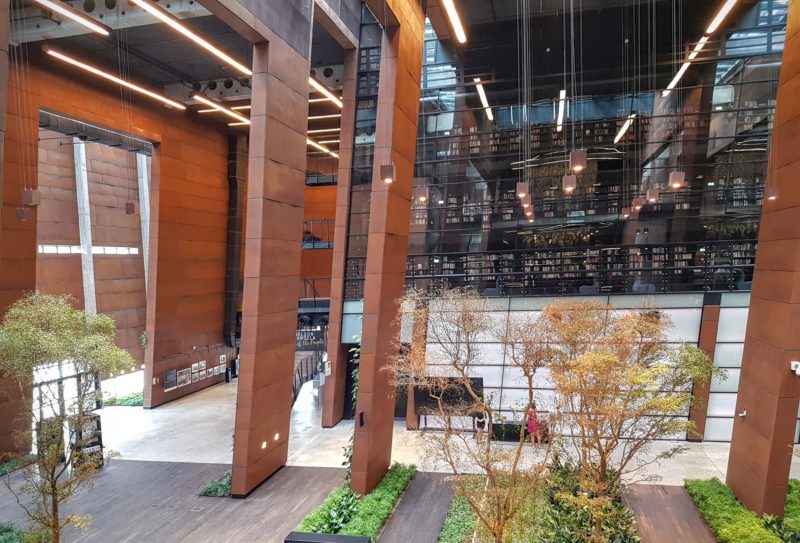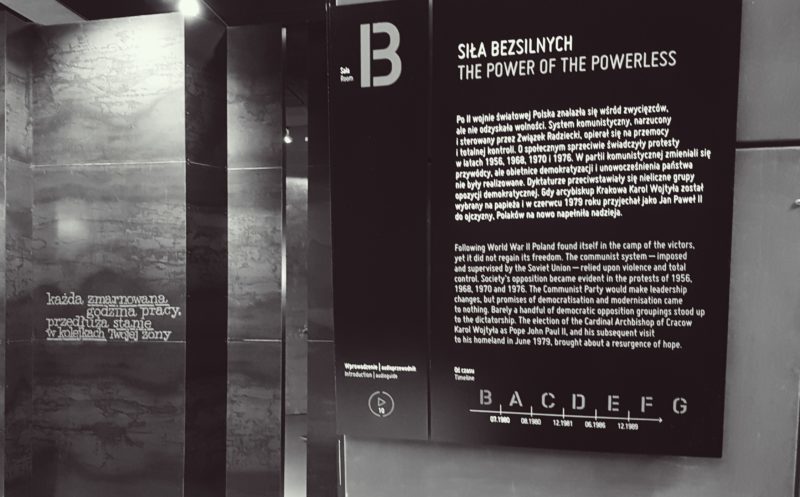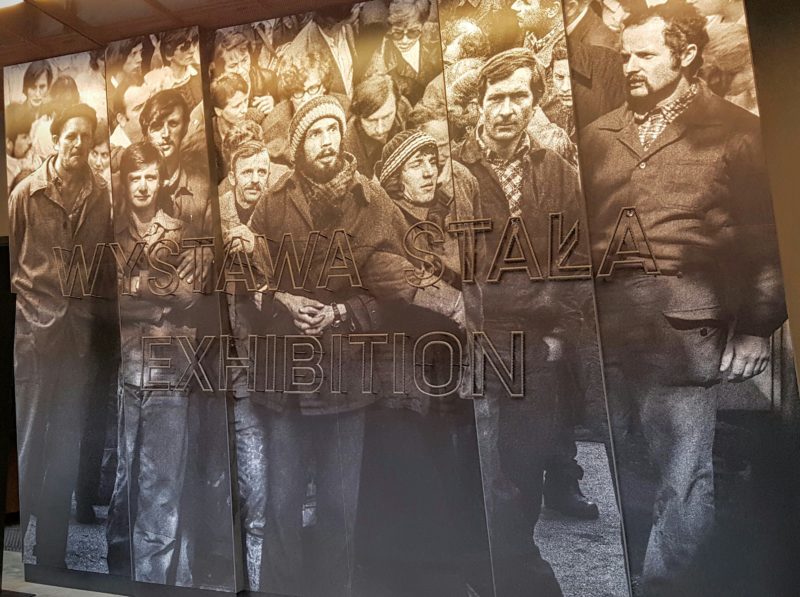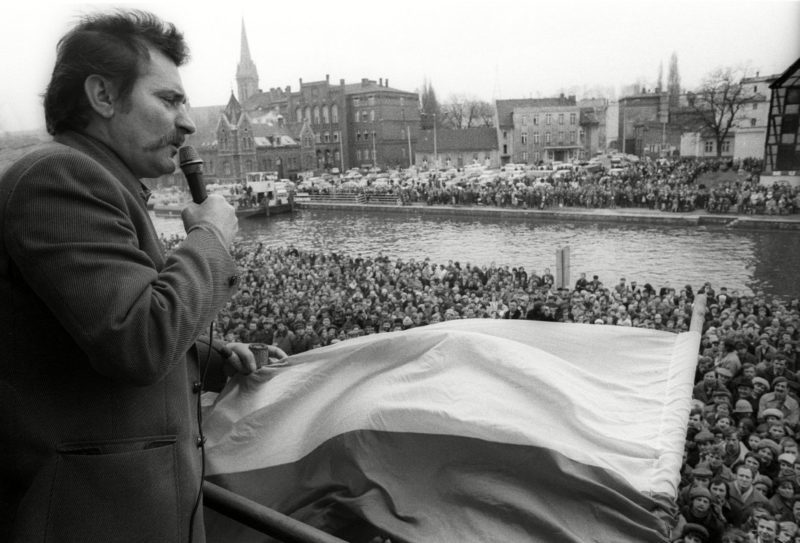Last updated: 29 July 2023
On our recent rail adventure through Poland, Roma and I spent some time in Gdansk enjoying the historic Old Town and learning about the critical role that Gdansk played in modern history. It wasn’t just Poland’s modern history that was changed, European and world history was forever changed by what started as a workers strike in the shipyards of Gdansk.
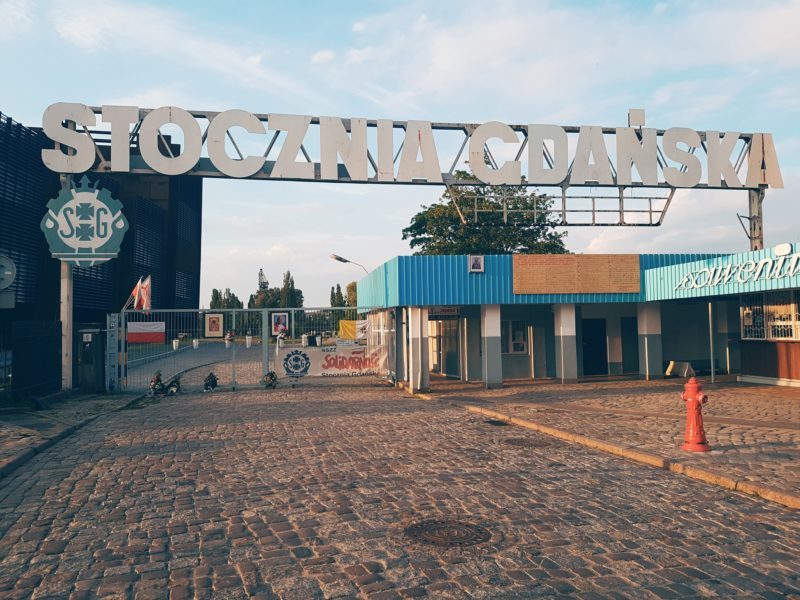
We are travellers who love learning and easily spend hours upon hours in most museums we find. The European Solidarity Centre left us speechless as we learned the history of Gdansk, the Solidarity movement (Solidarnosc), and the impact on Poland and the world.
Arriving at the European Solidarity Centre
When we first arrived at the European Solidarity Centre we spent a good amount of time outside taking photos of the Gdansk Shipyard sign and the impressive and moving Three Crosses monument.
Given that we visited in the height of summer, there were other visitors around but we didn’t need to wait too long to take the photos we wanted which was a great start.
The European Solidarity Centre was officially opened on 31 August 2014. The same day as the 25th anniversary of Poland regaining its freedom and the 34th anniversary of the signing of the Gdansk Agreement.
Strolling around Gdansk, you can’t miss the museum. No matter which direction you’re heading from, you can see the giant rust-coloured steel walls from quite a distance. The museum’s unique design was the winner of an international competition held in 2007. The giant walls represent the hulls of ships, the main industry for which Gdansk was known for around the world.
The European Solidarity Centre is mammoth venue containing a museum, library, exhibition space, research and educational centre, and conference facilities. Even more impressive on the inside, it will take a good few hours to explore all various rooms and exhibits.
We spent almost four hours exploring and if it wasn’t for the museum closing (and our own personal escort to the lobby) then there was a very good chance we’d have spent another couple of hours. Most guidebooks recommended a couple of hours for the visit but we definitely recommend at least half a day because if you love history then you’re going to spend more time than you expect.
There is little doubt that the European Solidarity Centre is one of the best museums that we’ve ever visited. To say that it was a fascinating walk through Poland’s modern history would be an understatement.
Where Should You Start?
Once we finished with our photos, we headed inside to purchase our tickets from the ticket counter and also collected our audio tour headset (included in the ticket price of 17zl). However, if you pick up a Gdansk Card during your stay then you’ll be able to secure a discount entry ticket.
Like most museums in Europe, we needed to leave our bags but lockers were freely available which made it nice and easy.
Tickets? Check. Audio Guide? Check. First stop? Umm…
Given the sheer size of the museum and the number of exhibits available, it’s fair to ask, what’s the best path to follow?
The exhibits run chronologically from Room A to G for the most part, the exception is Room B which explores World War II and the years following. As you can see from the below photo, if you’re keen to follow the historical sequence of events then the best way to visit the museum is Rooms B-A-C-D-E-F-G.
However, if you’re not sure which order you want to follow then simply pick a direction and use your audio guide to provide the necessary context and background information which helps put all the information into perspective.
During our visit, we started with Room A – The Birth of Solidarnosc. From there, we strolled through connecting rooms learning about other aspects of history and didn’t have any issues following the wonderful exhibits.
The Birth of Solidarity, Solidarnosc
We put our headsets on, started our audio guides, and headed to the first floor and started our journey in Room A – The Birth of Solidarnosc
The Solidarity movement, or Solidarność, began its long and complex life as a worker’s strike in the Lenin shipyard on 14 August 1980 in support of sacked crane operator, Anna Walentynowicz. Ms Walentynowicz was fired for participation in an illegal trade union, just 5 months before she was due to retire.
The Lenin shipyard workers strike was led by 36 year old electrician, Lech Walesa, who demanded labour reform, greater civil rights and increased wages. The strike action lasted 3 days when the government agreed to the working and pay demands. It was at this point that Anna Walentynowicz and Alina Pienkowska appealed to the workers to form a solidarity strike with other striking establishments, to support those who had supported them.
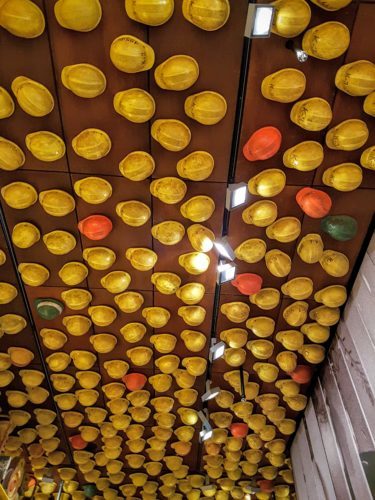
The workers agreed and the strike continued, gaining popular support from not only the local population who had gathered in the hundreds outside Gate No 2 but from other striking groups from within Poland and across the Baltics. The workers held out until 31 August 1980 when the Communist government signed the Gdansk agreement, which allowed for the creation of independent trade unions with the guaranteed right to strike.
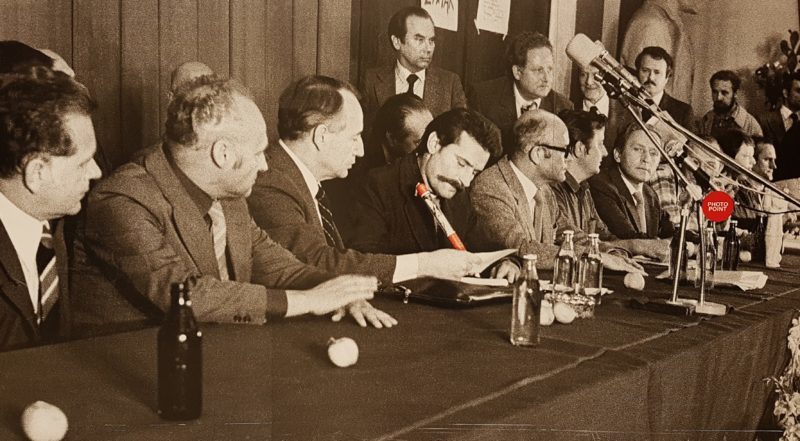
Once the Gdansk agreement was reached and signed, the next step was the establishment of the independent trade union, Solidarnosc, which was officially registered on 10 November 1980. One year later, in September 1981, Lech Walesa was elected the Solidarnosc President.
The Solidarity Movement reached its peak of 10 million members by September 1981, one third of the total working age population. This is an absolutely staggering number! A movement which started as a reaction to the sacking of a crane operator (and fuelled by discontentment with working conditions and wages) resulted in millions of people rallying behind it, all whilst Poland was stifling under Communist rule.
The government’s response to the popularity of Solidarnosc was drastic and had serious implications for Poland in the years to come, the declaration of Martial Law. The Polish population awoke on the morning of 13 December 1981 to a television broadcast by General Wojciech Jaruzelski declaring a state of Martial Law.
The impact was instant. Solidarnosc and other pro-democracy group were outright banned and the leaders of the groups were imprisoned. Solidarnosc leader, Lech Walesa, was imprisoned for 11 months.
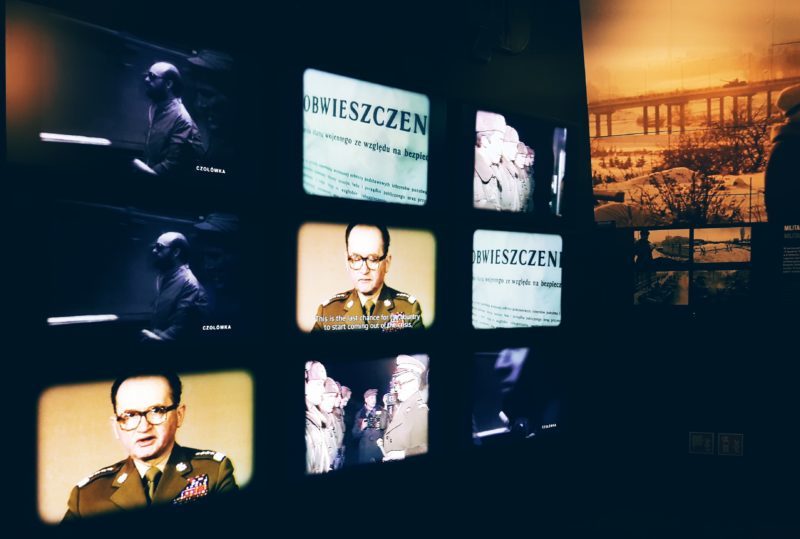
Curfews were implemented, military vehicles appears on the streets, airports and main access roads sealed. The government exerted its dominance and demonstrated that once again its will could not be challenged.
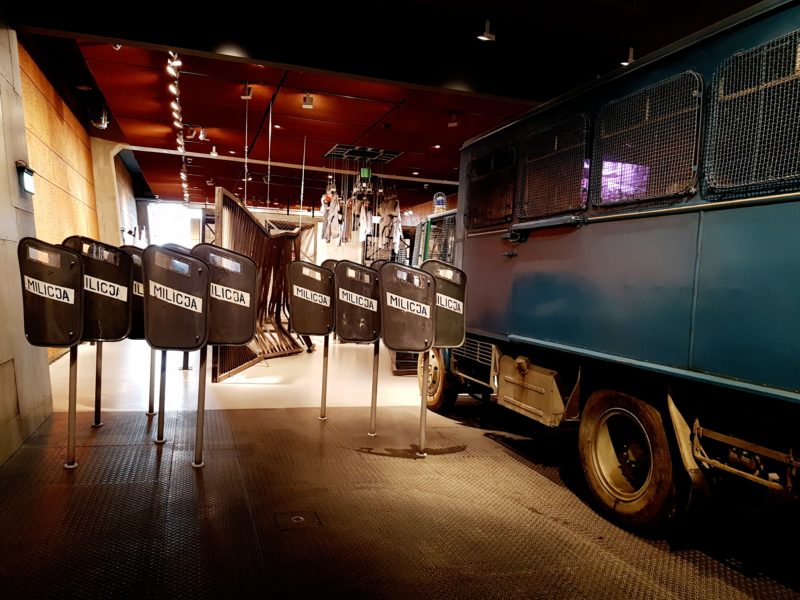
Proving that the truth is stranger than fiction, in the same year that Poland was under martial law, Lech Walesa won the Nobel Peace Prize for founding Solidarnosc and campaigning for human rights. Fearing that the Polish government would not allow his return to Poland, it was Lech’s wife, Danuta, who accepted the prize on his behalf.
Martial Law was lifted on 21 July 1983 however many of the restrictions remained for several years to come. This had a dire effect on Poland’s economy.
The Round Table talks began between the Communist government and a Solidarity-led opposition leading to elections held on 4 June 1989, the first free elections of any Soviet-bloc country. The results of the election were a landslide, 99 out of the available 100 seats in the Senate and all of the 161 seats in the lower house were won by Solidarnosc. This victory was so decisive that it triggered a wave a similar results across Soviet Union’s satellite states that it started a movement which ultimately led to the fall of the Soviet Union and independence for the satellite states.
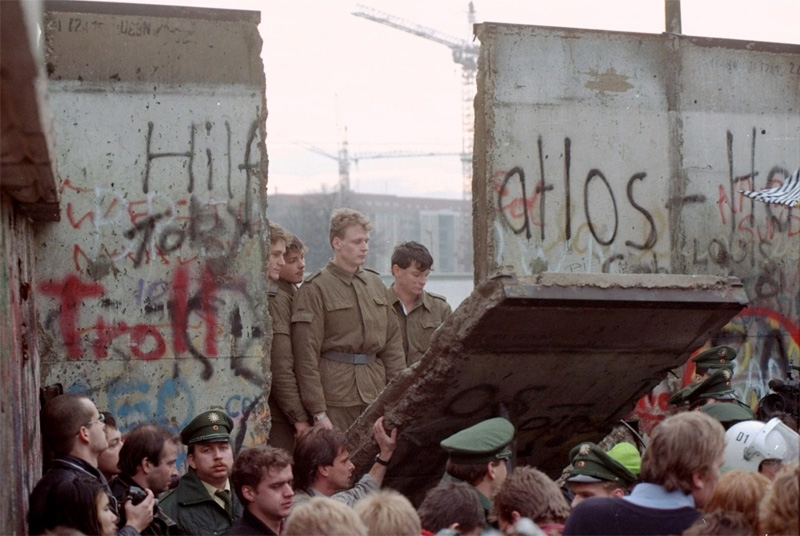
Solidarity will not be divided or destroyed
– Lech Walesa
It seems fitting that Lech Walesa, the co-founder and president of the Solidarnosc trade union would eventually become the President of Poland (1990-1995). A man who spent years fighting for civil reform and justice, the creation of a free and independent trade union, improved worker rights and wages, and throughout the many years inspired a nation to rally behind the cause for freedom from Soviet oppression.
Final Thoughts
If you’re planning on visiting Gdansk then make sure that you keep an afternoon free to visit the European Solidarity Centre because it’s easily one of the best museum’s we’ve ever visited. Whether you’re familiar with the Solidarnosc movement or if this is your first time discovering its monumental impact, you will thoroughly enjoy your visit because I suspect it will take multiple visits to explore everything.
The Essentials | European Solidarity Centre
- Location: Plac Solidarnosc 1, 80-863 Gdansk
- Opening Hours: 10am – 6pm (8pm May-Sep) 7 days a week
- Public Holidays: Closed some public holidays, check website for details
- Cost: 17zl/13zl adult/concession ticket. Tickets include an audio guide.
